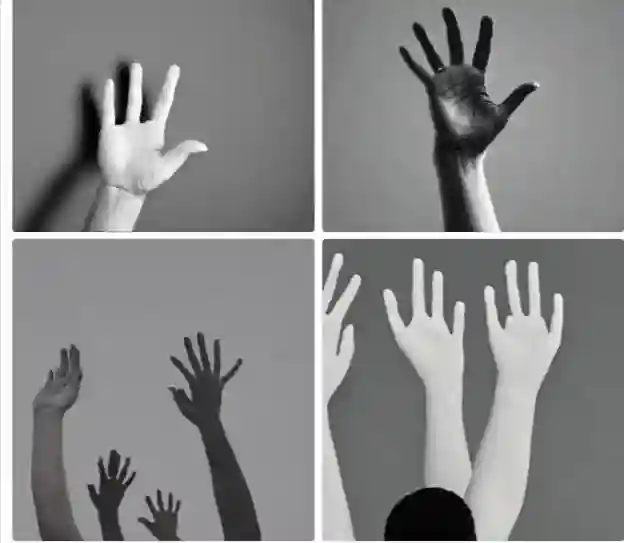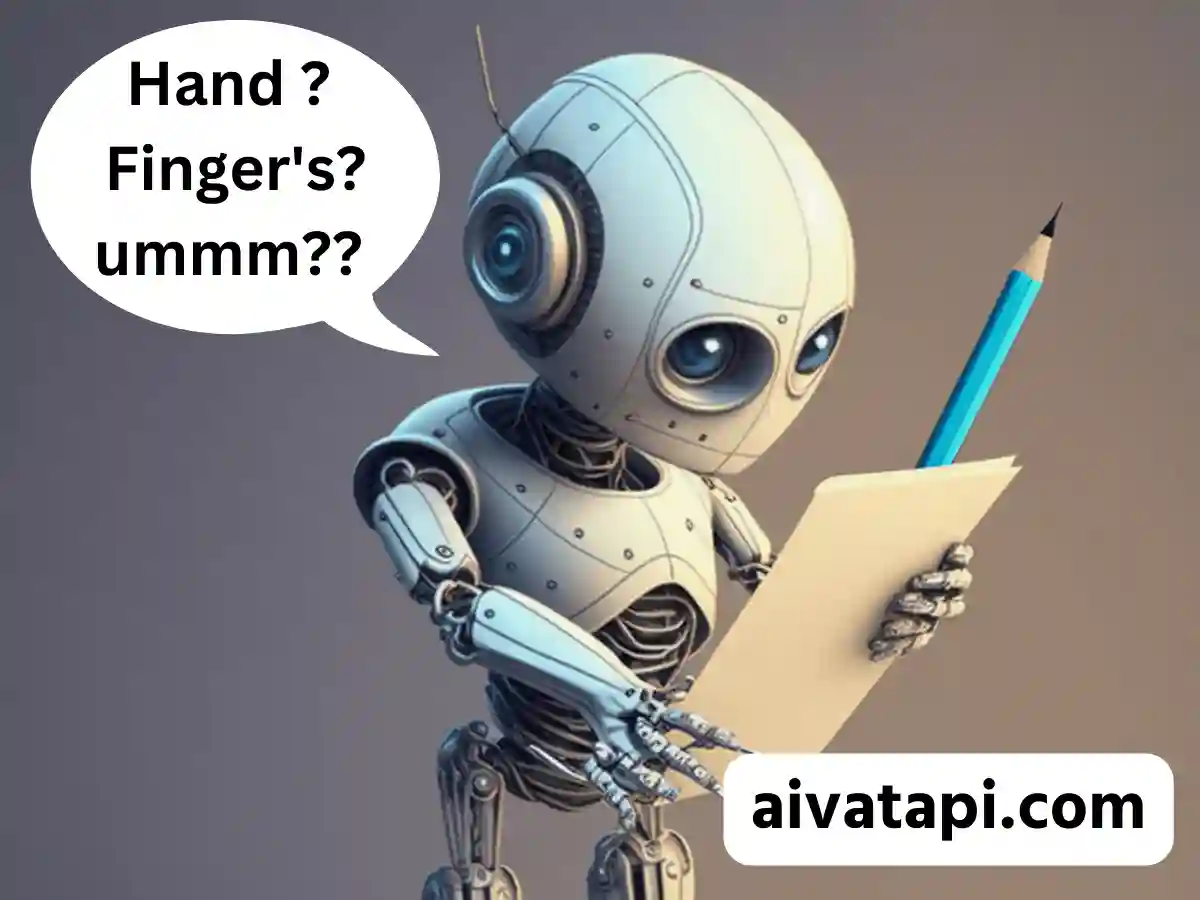In recent years, artificial intelligence (AI) has advanced significantly, enabling it to produce lifelike pictures of people’s faces and bodies.
However, producing precise and realistic representations of hands is still a challenge for AI image producers.
AI’s struggle to grasp the complexity of hands

The intricacy of hand anatomy and motion, the scarcity of real-world data on hand movements, the difficulties in producing realistic hand textures and hues, and the limitations of existing AI technology are some of the reasons why hands are so difficult for AI image generators to model. We will also talk about possible improvements to AI hand image synthesis.

The complexity of hand anatomy and motion
The complexity of hand anatomy and motion: One of the reasons that hands are so difficult for AI image generators is the complexity of their anatomy and motion.
Hands are made up of multiple joints, bones, muscles, and tendons, all of which work together to allow for a wide range of movements and gestures.
This complexity makes it challenging for AI algorithms to accurately recreate the appearance and movement of hands in images.
The lack of real-world data on hand movements
The lack of real-world data on hand movements: Another reason that hands are difficult for AI image generators is the lack of real-world data on hand movements.
While there is a vast amount of data available on faces and bodies, there is relatively little data on the movements and gestures of hands.
This can make it difficult for AI algorithms to accurately recreate the appearance and movement of hands in images.
The challenges of creating realistic hand textures and colors
The challenges of creating realistic hand textures and colors: In addition to the complexity of hand anatomy and the lack of data on hand movements, AI image generators also face challenges in creating realistic hand textures and colors.
Hands have a wide range of skin tones and textures, and reproducing these accurately in images can be difficult for AI algorithms. Similarly, the intricate details of hand anatomy, such as wrinkles, veins, and fingernails, can be challenging to recreate accurately in images.
The difficulties of achieving natural hand gestures and poses
The challenges of pulling off natural stances and hand gestures: Realistic hand motions and poses are another difficulty that AI image producers encounter when producing images of hands.
It can be challenging for AI algorithms to precisely duplicate these motions and positions in a way that seems natural and realistic because hands can be positioned and moved in a wide variety of ways.
This can be particularly challenging when an AI programme is attempting to construct a particular stance or hand gesture from a written description or set of instructions.
The limitations of current AI technology in generating hand images
The limitations of current AI technology in generating hand images: Another reason that hands are difficult for AI image generators is the limitations of current AI technology.
While AI algorithms have made significant progress in generating images of faces and bodies, they still have difficulty reproducing the complexity and detail of hands.
This may be due in part to the limited data available on hand movements and gestures, as well as the complexity of hand anatomy and the challenges of creating realistic hand textures and colors.
Potential solutions for improving AI image generation of hands
Possible ways to enhance AI hand image production include: There are potential solutions that could increase the accuracy and realism of these images, notwithstanding the difficulties that AI image generators encounter when producing images of hands.
More data on hand gestures and movements could aid AI algorithms in better understanding and recreating the shape and motion of hands, which is one approach. Another option is to keep advancing AI algorithms and methods, such deep learning, which may help to better represent the complexity and specificity of hand anatomy.
Furthermore, adding more realistic hand colours and textures to AI image synthesis could enhance the overall realism of the produced photographs.
Conclusion
Hands are a challenging subject for AI image generators due to the complexity of their anatomy and motion, the lack of real-world data on hand movements, the difficulties of creating realistic hand textures and colors, and the limitations of current AI technology.
Despite these challenges, there are potential solutions that could help to improve the accuracy and realism of AI-generated images of hands, such as collecting more data on hand movements and gestures, improving AI algorithms, and incorporating more realistic hand textures and colors.
As AI technology continues to advance, we may see further improvements in the ability of AI image generators to accurately and realistically recreate the appearance and movement of hands.




